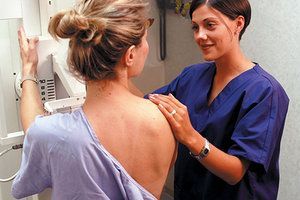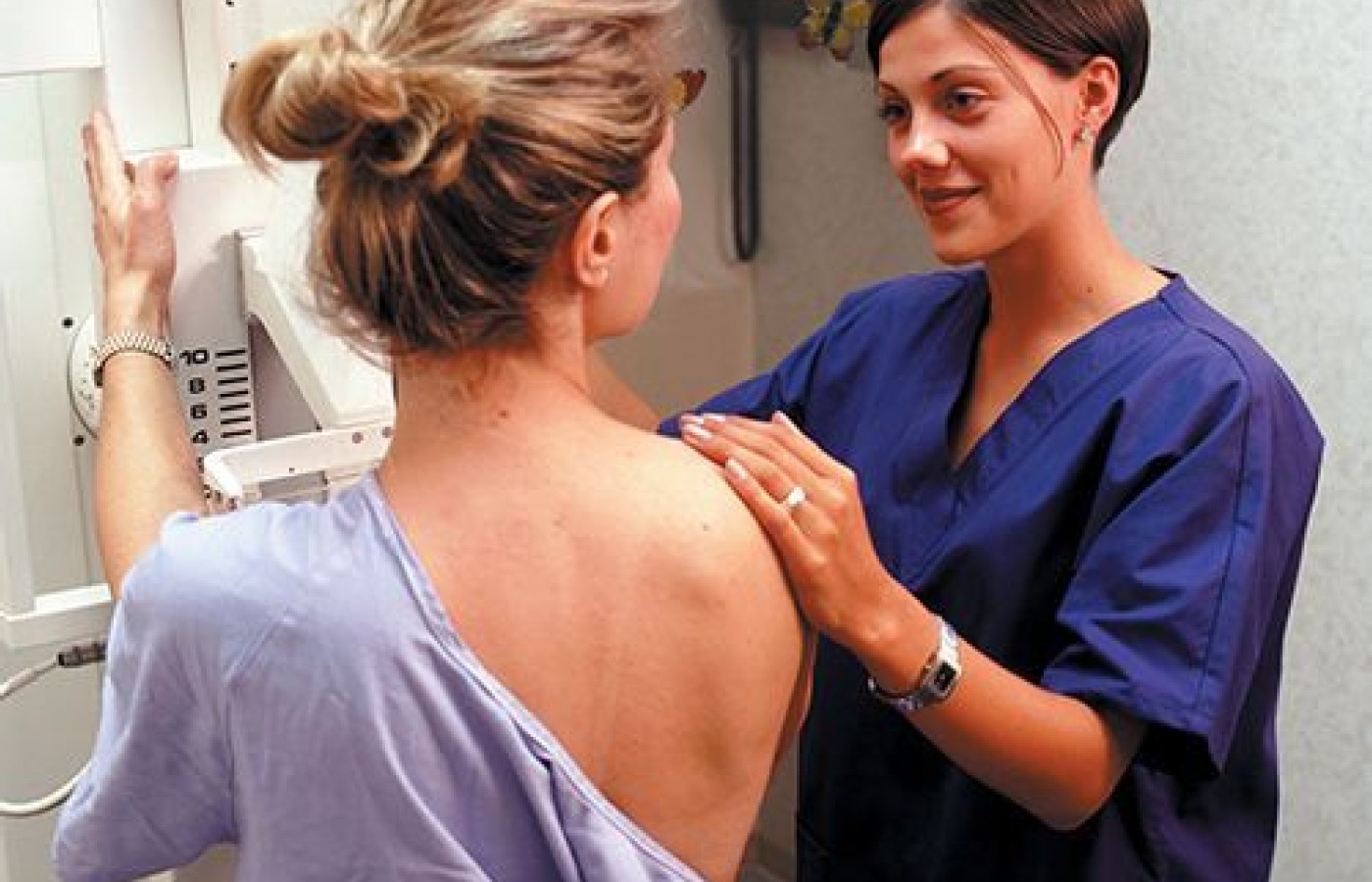In a landmark development, Blue Cross Blue Shield (BCBS) has reached a $2.8 billion settlement to resolve antitrust claims brought by health care providers, including chiropractors. The lawsuit accused BCBS of dividing the nation into exclusive regions and limiting competition, which resulted in lower reimbursements for providers. Although BCBS denies any wrongdoing, the company agreed to the settlement to avoid lengthy litigation – and you can get a piece of the pie.
Doubling Breast Cancer Survival Rates With Vitamin D
Many doctors and researchers are convinced vitamin D plays an important role in preventing various cancers, including breast cancer. Over the past 20-25 years, various studies suggest women with higher blood levels of vitamin D have an associated lower incidence of breast cancer.1-3
In recent years (2007), a large four-year clinical trial involving 1,179 healthy, postmenopausal women (over the age of 55), reported that participants supplemented with vitamin D (1,100 IU per day) and calcium (1,400-1,500 mg per day) showed a 77 percent reduction in incidence of all combined invasive cancers, including breast cancer, compared to women given placebo only.4
Helping Prevent Recurrence, Progression and Fatality
But what about women who have already experienced breast cancer? Can vitamin D supplementation help prevent breast cancer recurrence, progression and related fatality? A study published in March 2014 in Anticancer Research has now shown that breast cancer survivors would be well-advised to keep their vitamin D blood level within the ideal range. The study by Mohr, et al., showed that breast cancer patients with high levels of vitamin D in their blood were twice as likely to survive the disease compared to women with low levels of vitamin D.5

These researchers analyzed data from five large breast cancer studies involving a total of 4,443 breast cancer patients, with an average follow-up period of nine years. The data showed that women with an average vitamin D blood level of 30 ng/ml experienced survival rates double that of women with an average vitamin D blood level of only 17 ng/ml. The researchers pointed out that the average vitamin D blood level in patients with breast cancer in the United States is 17 ng/ml.
(In my home country of Canada and elsewhere, blood levels of vitamin D are usually reported in nmol/L, not ng/ml. Thus, it is worth noting that 30ng/ml is equal to about 75nmol/L, whereas 17ng/ml is equal to about 42nmol/L.)
The form of vitamin D measured in the blood is 25-hydroxycholecalciferol. Upon ingestion of vitamin D supplements (cholecalciferol), the liver converts this form of vitamin D to 25-hydroxycholecalciferol and releases it to the bloodstream. Likewise, the vitamin D made in the skin upon exposure to sunlight is converted to 25-hydroxycholecalciferol by the liver.
In their concluding statements Mohr, et al., suggest breast cancer patients may be well-advised to increase their blood level of vitamin D to 80 ng/ml (approximately 200 nmol/L), based on all available evidence.5
Mechanism of Action: Why Vitamin D Is Effective
Vitamin D has been shown to reduce cancer development and progression in a number of ways: 1) It slows down the rate of cell division, which reduces the likelihood that cancerous mutations will emerge. 2) It promotes maturation (differentiation) of newly formed cells, which reduces transformation to a cancerous state. 3) It favorably modulates the function of immune cells, many of which are responsible for identifying and destroying emerging cancer cells.1-5
In addition, vitamin D is responsible for increasing the cell's production of a surface receptor (antennae) known as E-cadherin, which enables the cell to bind to and communicate with adjacent cells or supporting tissues. Very aggressive cancer cells tend to have low levels of E-cadherin, which enables them to replicate unchecked by adjacent cells. This gives cancer cells the green light to invade adjacent tissues and spread into the blood and lymphatic system in their quest to metastasize throughout the body.6-8
Studies show that many cancer cells maintain vitamin D receptors on their cell surface. When vitamin D (25-hydroxycholecalciferol D) attaches to this receptor, it stimulates the synthesis of E-cadherin, which in turn puts the brakes on the ability of cancer cells to invade adjacent tissues and metastasize.5-6 B. Mohr and fellow researchers suggest it is the expression of E-cadherin by cancer cells that likely explains why breast cancer patients with higher blood levels of vitamin D are less likely to have further progression of their disease after standard medical treatment.6
In a follow-up interview regarding the Mohr, et al., study, co-author Dr. Cedric F. Garland, professor in the Department of Family and Preventive Medicine at the University of California, San Diego School of Medicine, pointed out that "a 2011 meta-analysis by Garland and colleagues estimated that a serum vitamin D blood level of 50 ng/ml (about 125 nmol/L) is associated with a 50 percent lower risk of breast cancer. While there are some variations in absorption, those who consume 4,000 IU per day of vitamin D from food or a supplement normally would reach a serum level of 50 ng/ml. Garland urged patients to ask their health care provider to measure their levels before substantially increasing vitamin D intake."9
Vitamin D toxicity is not known to occur until reaching a vitamin D blood level at or above 100 ng/ml (250 nmol/L), so there is a large margin of safety when taking vitamin D supplements.3
References
- Garland F, Garland C, Gorham E, Young J Jr. Geographic variation in breast cancer mortality in the United States: a hypothesis involving exposure to solar radiation. Prev Med, 1990;19:614-622.
- Grant WB. Ecologic studies of solar UV-B radiation and cancer mortality rates. Recent Results Cancer Res, 2003;164:371-7.
- Vieth R. Vitamin D and cancer mini-symposium: the risk of additional vitamin D. Ann Epidemiol, 2009;19:441-445.
- Lappe JM,Travers-Gustafson D, Davies KM, Recker RR, Heaney RP. Vitamin D and calcium supplementation reduces cancer risk: results of a randomized trial. Am J Clin Nutr, 2007;85:1586-1591.
- Mohr SB, Gorham ED, June Kim J, Heather Hofflich H, Garland CF. Meta-analysis of vitamin D sufficiency for improving survival of patients with breast cancer. Anticancer Res, 2014;34(3):1163-1166.
- Pena C, Garcia JM, Silva V, Rodriguez R, Alonso et al. E-cadherin and vitamin D receptor regulation and SNAIL and ZEB1 in colon cancer: clinicopathological correlations. Hum Mol Genet, 2005;14(22):3361-70.
- G Berx, et al. E-cadherin inactivation in lobular carcinoma in situ of the breast. EMBO J, 1995;14(24):6107–6115.
- G Berx, et al. E-cadherin is inactivated in a majority of invasive human lobular breast cancers by truncation mutations throughout its extracellular domain. Oncogene, 1996;13(9):1919-1925.
- "Vitamin D Increases Breast Cancer Patient Survival, Study Shows." Science Daily, March 6, 2014.



